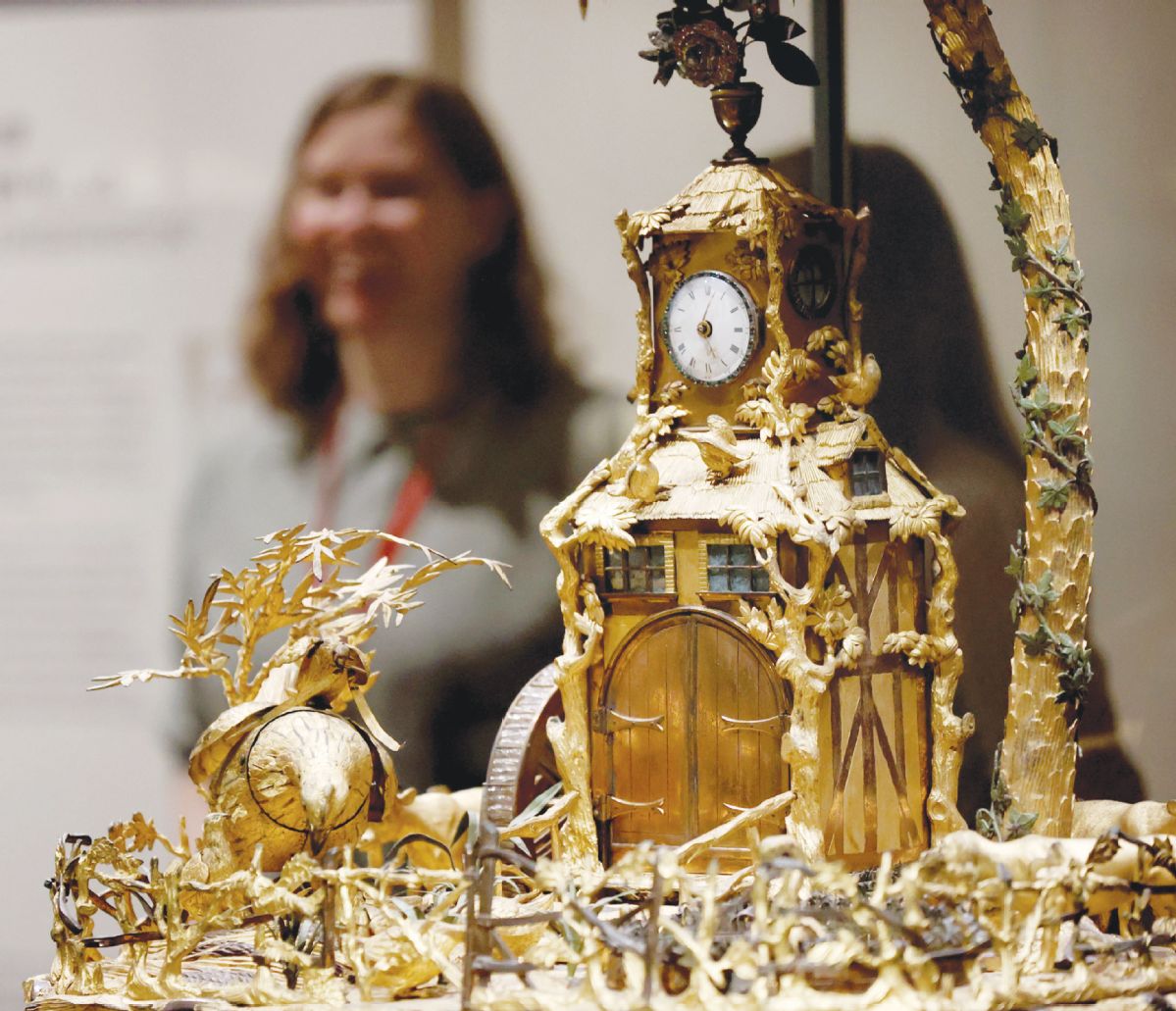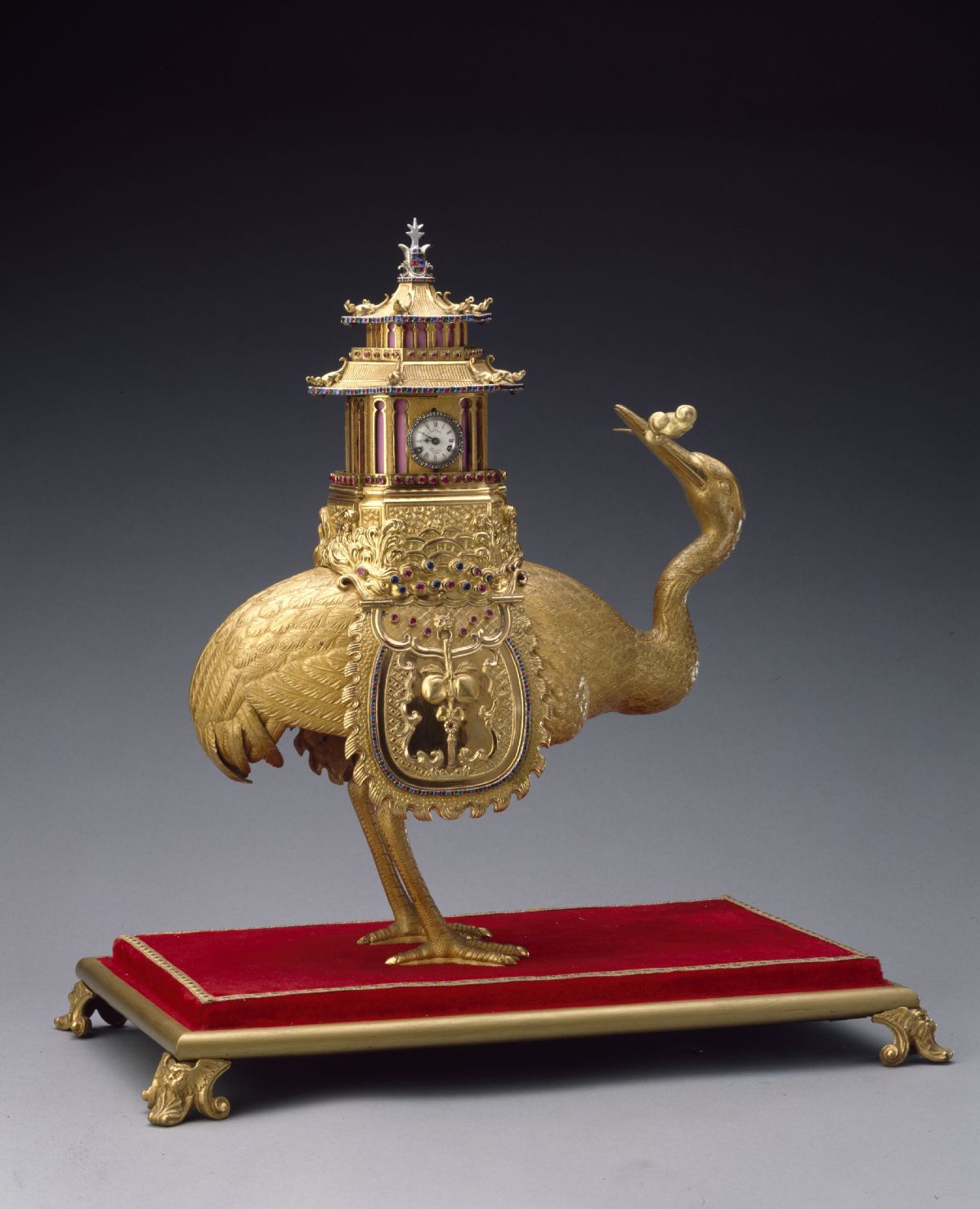Clockwork wonders tell tale of cultural exchange
China’s love of British craftsmanship highlighted in exhibition in London


Snapshot in time
In addition to their aesthetic values, and mirroring their makers' somewhat imprecise impressions of Asia, the exhibition explains the symbolic importance of owning such treasures, as, in the words of the exhibition notes, "displaying 'exotic' items from a generalized 'West' showed that (the emperors) had power and influence around the world".
But they were not only ornaments to demonstrate social status. Historically, astronomers were vital members of the imperial court because of their ability to interpret the stars, providing the emperor with knowledge that reinforced his status as someone connected to the heavens.
"The ability to use clocks and mathematical instruments was very important," said Desborough. "To predict things like eclipses meant the emperor was seen as someone who unified heaven and Earth. They also seemed to find their moving parts very entertaining, and used the clocks as timepieces to organize their days. They were really interested in them."

Notebooks and documents from the craftsmen involved in making the clocks are also a revealing snapshot in time.
"We're very lucky to have these surviving records, as they give us a real insight into how people thought at the time," Desborough added.
Ian Blatchford, director of the Science Museum Group, said it had been "a dream … for many years" to host the exhibition, since he had first seen the zimingzhong at the Hong Kong Science Museum, and in Beijing.
"The fusion of art and science, technology and design was utterly enchanting, and that first meeting provided the inspiration to have our own exhibition," he added.


















